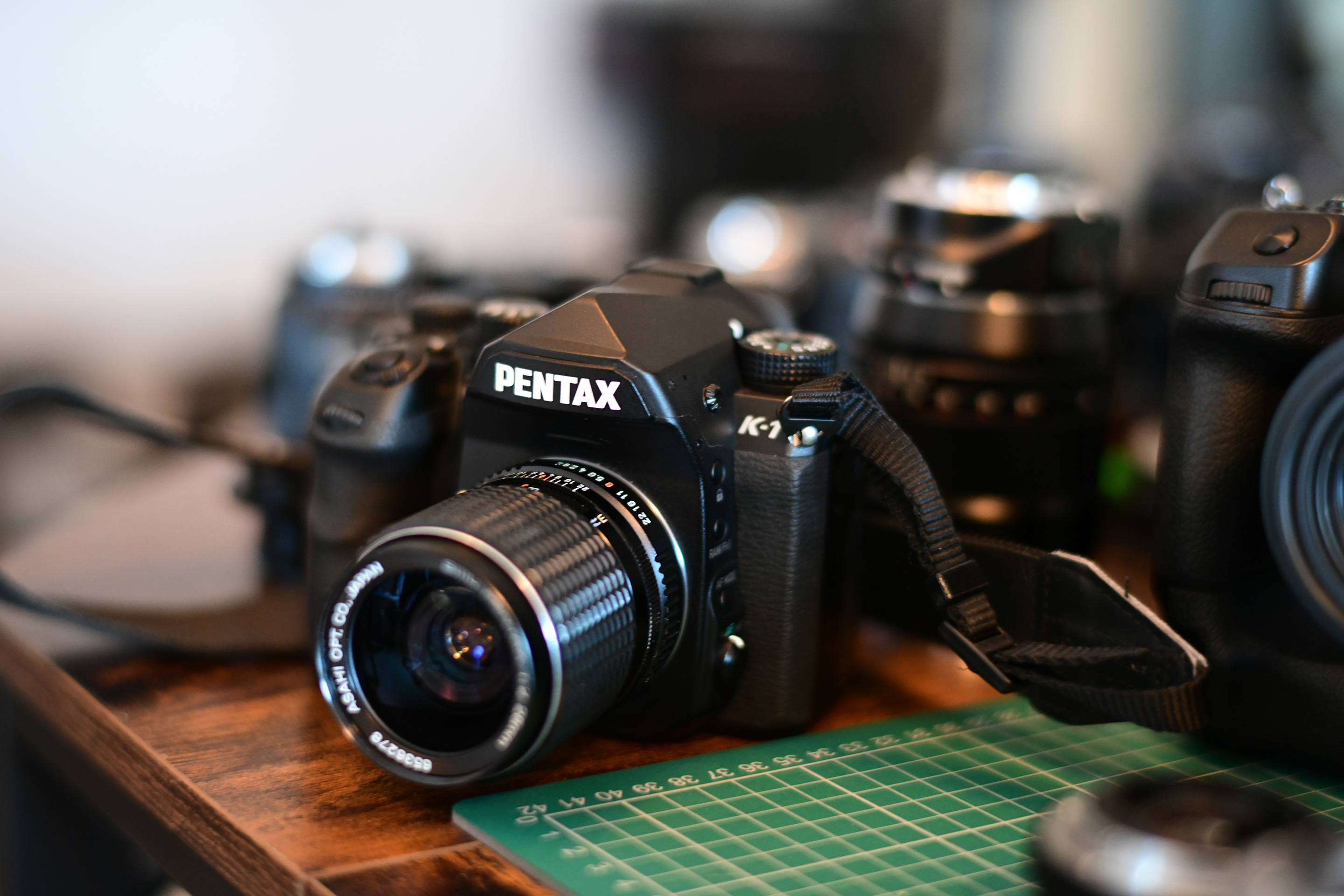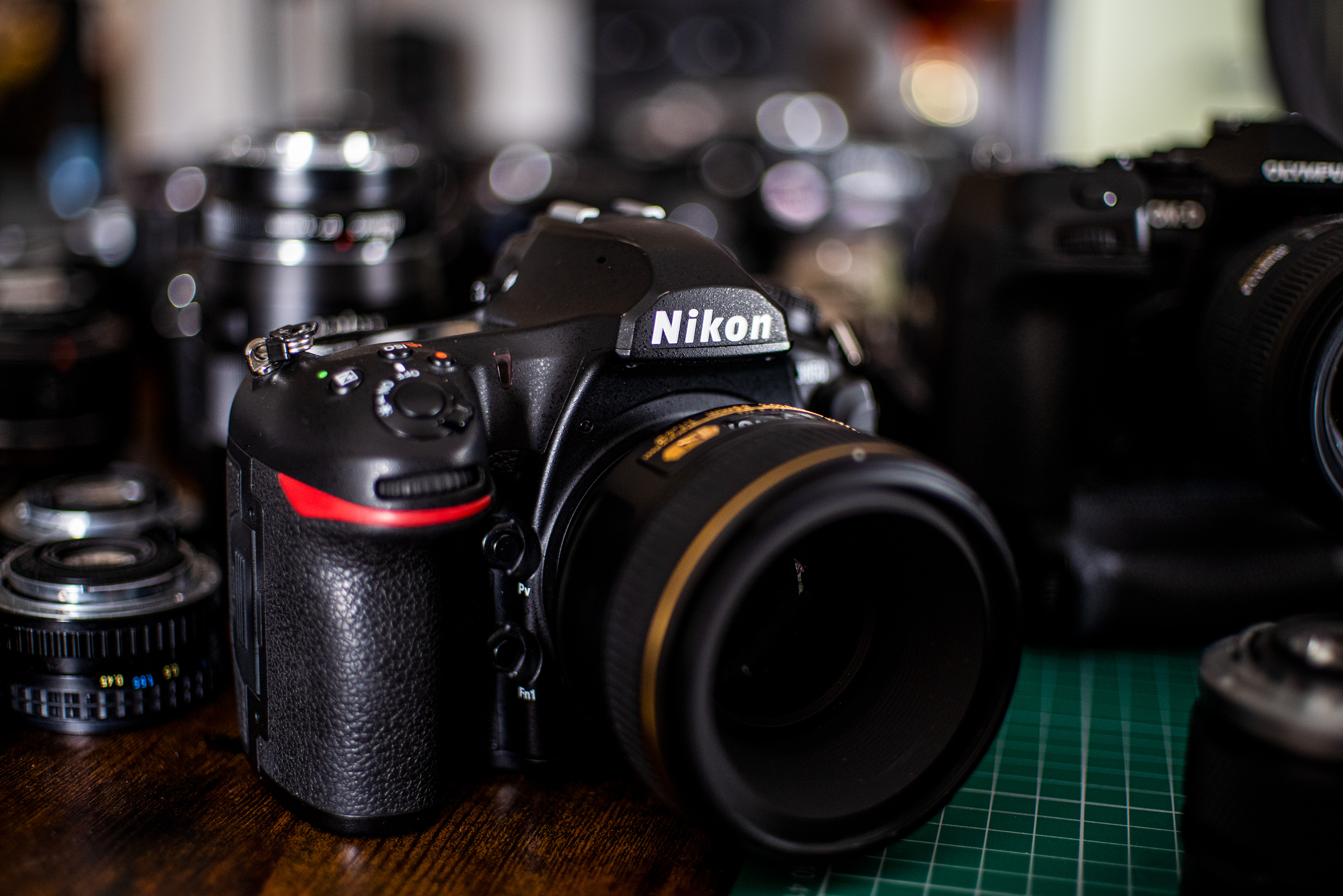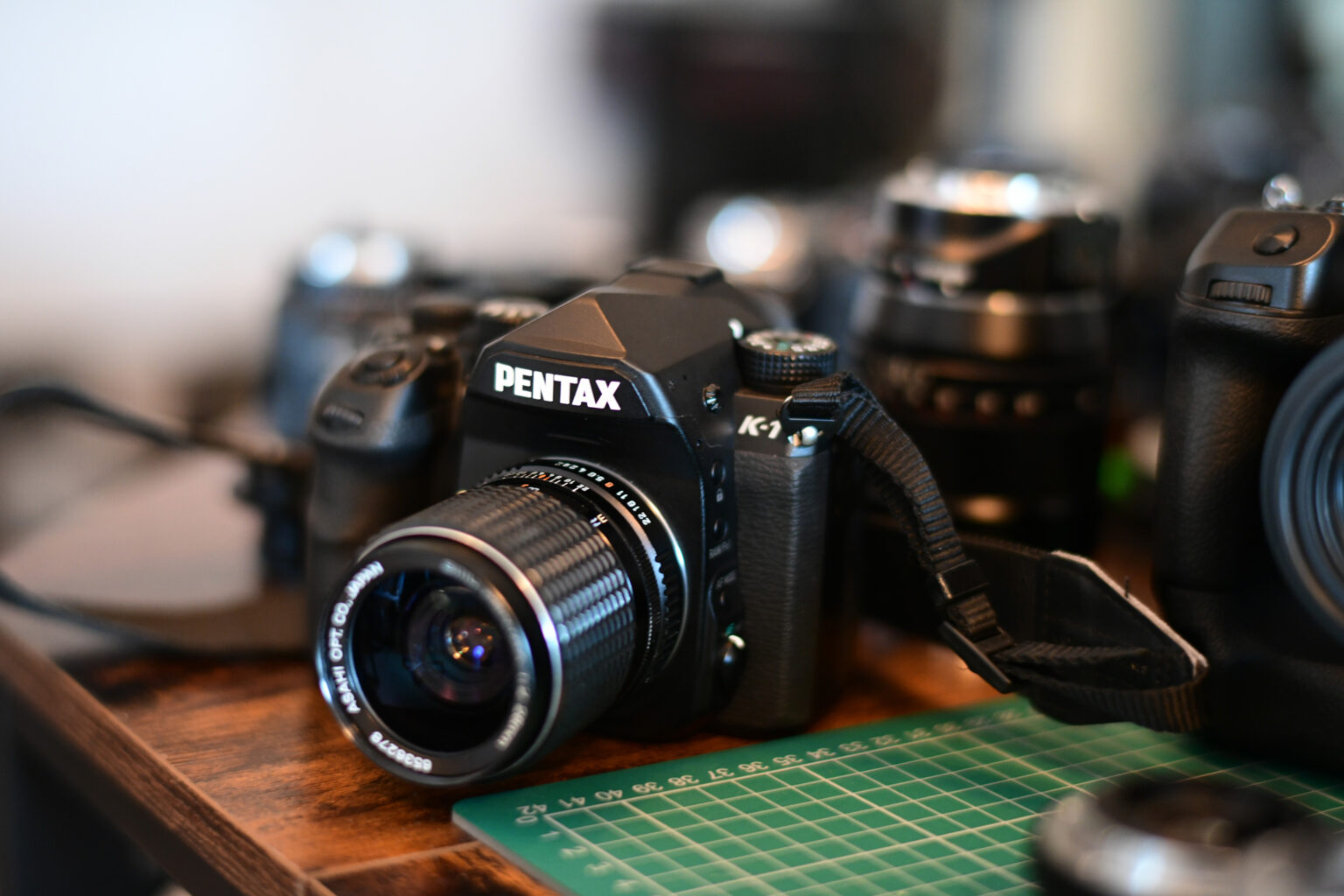
The true test of how much you love something is to spend endless days away from it.
Only after doing that can you really feel your appreciation of it. It can easily be measured by how much you miss it.
So it seems, I really miss the humble DSLR.

From the Canon 1D C to the Nikon D850, and in hindsight the Sony A900 and Pentax-K1, all these cameras feel nicer in my hands than a mirrorless camera. Less cheap feeling, more substantial, better grip, better viewfinder and a much more satisfying and crunchy shutter mechanism. Long live the DSLR.
In fact I’ve got a Nikon Z9 and Sony a1, and it might be that I haven’t spent enough time away from these to miss them yet but there is still something “toy-like” about even the top of the range £5k mirrorless stuff. The mechanical side is virtually non-existent, the Z9 doesn’t even have a mechanical shutter. It just isn’t very satisfying having a green dot coming up instead when you take a shot. The top Nikon DSLR such as the D850, D6 or if we’re to go back a bit – the D700 and D3X all feel like proper cameras whereas the Z9 feels a bit like a “digital knock off” of one. That’s not to say it’s not an incredibly powerful camera with the ultimate specs, but there’s more to shooting still than megapixels isn’t there?
There’s been some absolutely stunning full frame DSLRs released in the past 15 years. For me, those four I’ve mentioned above – 1D C, D850, A900 and K-1 were the absolute pinnacle. The Sony A900 was the last proper Sony camera before they junked Minolta’s heritage and went all NEX on us. The Pentax K-1 feels at the moment like it could be Pentax’s swan song before they jack it in altogether, Olympus style. I hope I’m wrong, because there’s something different about Pentax.
None of the mirrorless cameras come close to the in-hand feel of the Pentax K-1 or the feel of quality.
Obviously as a camera that doesn’t even shoot 4K video, the Pentax K-1 won’t be a filmmaker’s choice any time soon. But as I do more and more photography, it’s becoming more important to me to settle with the most enjoyable and pure photography experience I can find. The kind that a Leica M camera will give you, or a film SLR.
So I wrote a checklist of things that were important to my stills work, ignoring video completely:
- Colour science – I don’t want to mess with every single shot in post so it has to be singing straight off the bat in the RAW file. Great JPEGs also help as it’s nice to show a stylish film style to your subject when shooting and it gives you an appealing preset look to aim for with the RAW file as well.
- Huge viewfinder – Optical viewfinders are still clearly more fun to use than an EVF especially in bright light. As with the best EVFs you can still be accurate and fast with an optical viewfinder, know exactly what’s in focus, but it also lends more of an element of surprise and excitement to the act of seeing the resulting digital image. You’re seeing it for the first time only after it’s shot. It stops me from trying to perfect the composition too much and gives it an element of imperfect spontaneity.
- Nice tactile controls – Got to feel great in the hand over long periods of time and be fun to use
- Image quality – Should have a look that appeals to me in terms of texture, grain, colour and the dynamic range of the RAW files. Sometimes modern cameras are just too clean and perfect. At the low ISOs where older sensors perform their best for example they maintain a subtle film-like grain to texture. The Leica M9’s CCD does this perfectly. To mimic this with a modern sensor you’d need to raise the ISO so much you wouldn’t be able to expose in bright light properly without massively stopping down the lens or dicking about with ND filters.
- Build quality – Should take a lot to upset it, including very bad weather!
What I found surprised me. The Sony A900’s colour science for instance runs circles around my Sony a1. It nails white balance every time and the Minolta film-era influence is clearly there in the RAW files. It has bags of resolution given it came out in 2008 and the 6K “digital negatives” really sing.
The Pentax K-1 is a much more modern camera than the A900 but it still came out 7 years ago now. Hard to believe isn’t it?
It is just such a nice camera to shoot with. It is clearly the better built camera when compared directly to my Nikon Z9. The K-1 cost me just £750. The enormous, crisp, clear LCD is one of the best I’ve ever used. It has in-body stabilisation like the Sony A900, which is rare to find in DSLRs. It has the cleverest, smoothest and absolute best articulated screen mechanism I’ve ever used. The K-1 is just packed with interesting and quirky features that nobody else has ever bothered to implement. The 36 megapixel results are extraordinarily good.
You may wonder why as a Nikon D850 owner, I’d bother to use the Pentax K-1. I don’t even have very many Pentax lenses.
Well the D850 is indeed probably the best all-round and most capable DSLR ever made, along with the Canon 1D X Mark III. It came out before all the mirrorless stuff was commonplace like IBIS, phase-detect AF in live view, 10bit codecs, LOG. I don’t miss any of these except for IBIS for stills via an optical viewfinder. Step forward the Pentax K-1 which has IBIS to the tune of 5.5 stops in-body. It also allows me to adapt M42 lenses, of which I have an extensive collection of. This isn’t something you can do on the Nikon D850 (no infinity focus). On my Canon 1D C my favourite vintage lenses clash with the mirror. Not so on the Pentax whose mirror is specifically designed to get out of the way of the back of the lens! Manual focus is easy in live-view, but the optical viewfinder helps out too with an AF confirm beep for manual focus lenses.
The camera industry is in a new era. Things have slowed down and gone back to the pre-digital days. Consumers are no longer the main target. It’s photography and video enthusiasts. It’s professionals and people who really care about spending thousands on gear.
For most people of course a top of the range mirrorless camera will get the job done. It will do everything you need.
But for me whereas my brain says mirrorless, my soul sometimes pines for a good DSLR.
Now that we have pretty much all we need in terms of video, I plan to start a new blog soon which is purely about my photography adventures in Berlin.
I will cover cameras mainly from a stills perspective, as well as old lenses and my treasure hunt in the fantastic camera stores in Berlin. I’ll be shooting with the Leica M rangefinders, DSLRs, and classic digital cameras which have a reversal film look or even a Kodak CCD thrown in the mix. As film gets more expensive, classic digital cameras are becoming a viable alternative.
I’m sorry to say it but there is just something a bit naff about the way a mirrorless camera feels to shoot with. They have not yet managed to replicate the feel or heft, quality and larger fit in the hand that the best DSLRs like the Pentax K-1 and Nikon D850.
You can’t spend your way out of this. The Nikon Z9 feels cheaper and more like an electronic gadget than a camera, especially with the lack of mechanical shutter. Even the Canon EOS R3 feels smaller, less substantial, with poorer and cheaper materials and finish than their previous professional DSLR, the 1D X Mark III.
Part of this is down to the reduction in weight and of course the much smaller size of some of the mirrorless cameras.
But the reduction in size doesn’t seem to apply to many of the best lenses, which are still enormous and in some cases even heavier and larger than the DSLR lenses of the same focal length and aperture they replace.
My message to the camera industry is don’t junk your optical viewfinders and mechanical shutters just yet.
Also as modern cameras get cleaner and cleaner, more pristine and clinically perfect from a technical point of view, the more work I am having to do to take the sharp edges off. There’s endless scope for control in post now, but all this does is create endless hours for me grading, whereas I just want to pick up a camera and shoot with a set look.
From now on, you can call me a Pentaxian!




